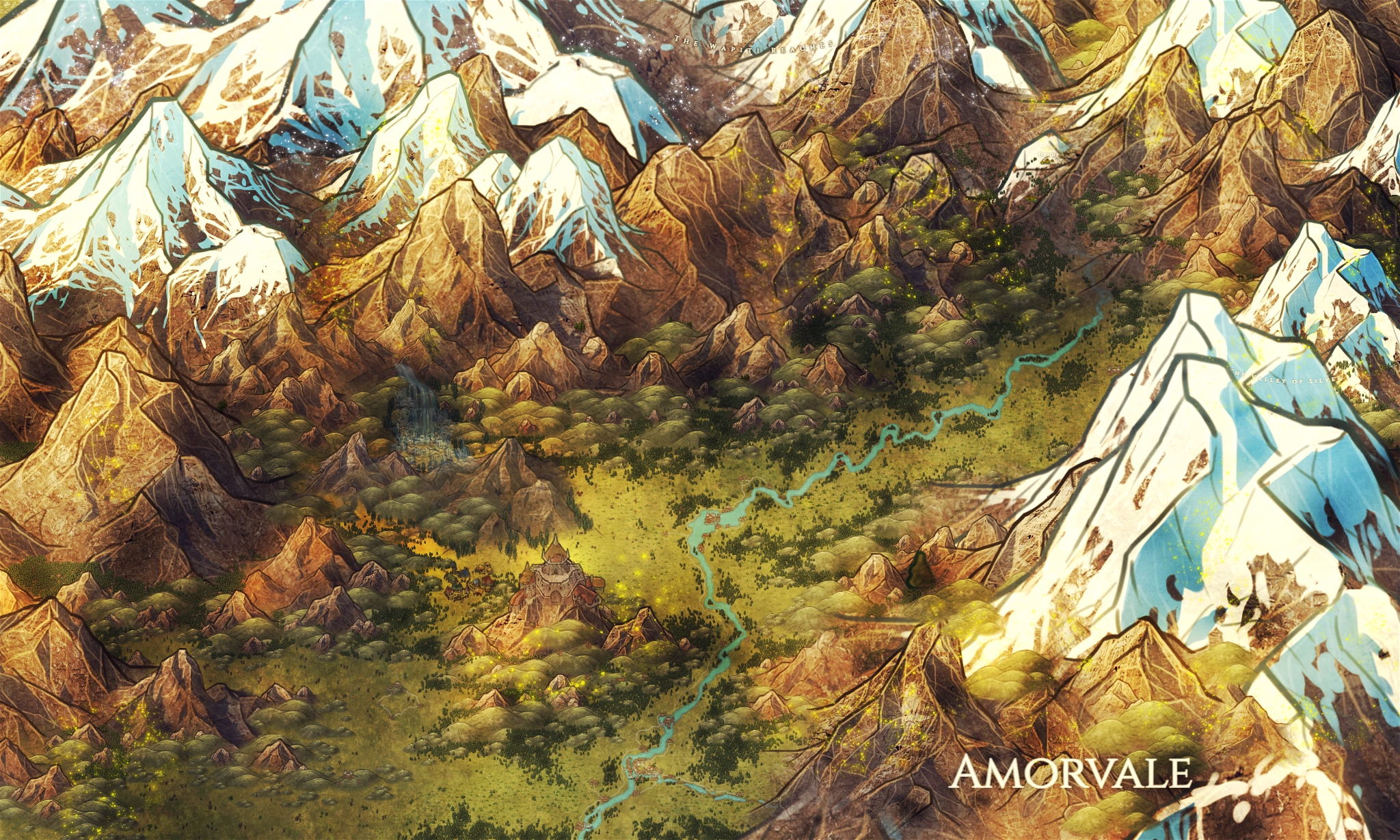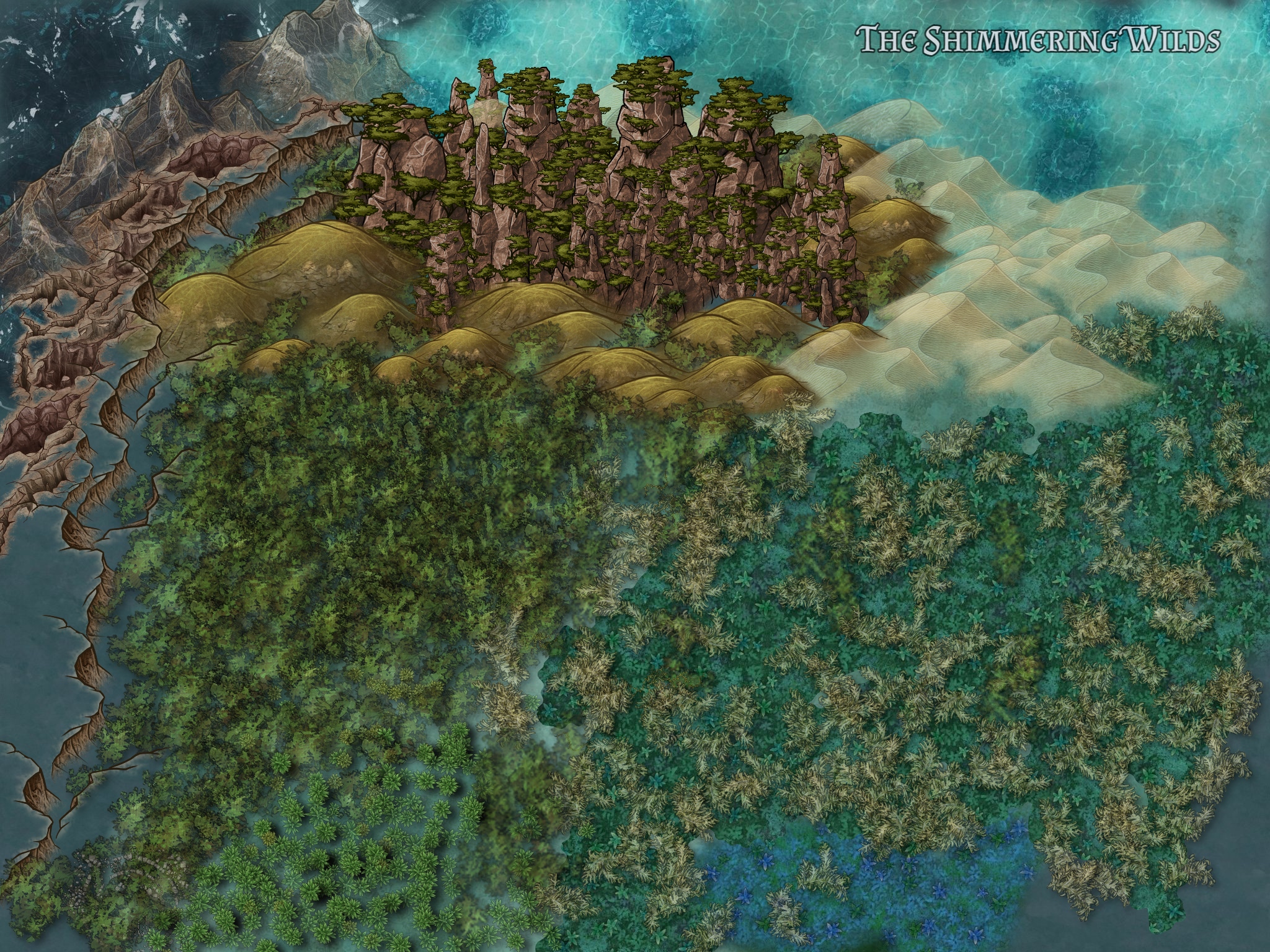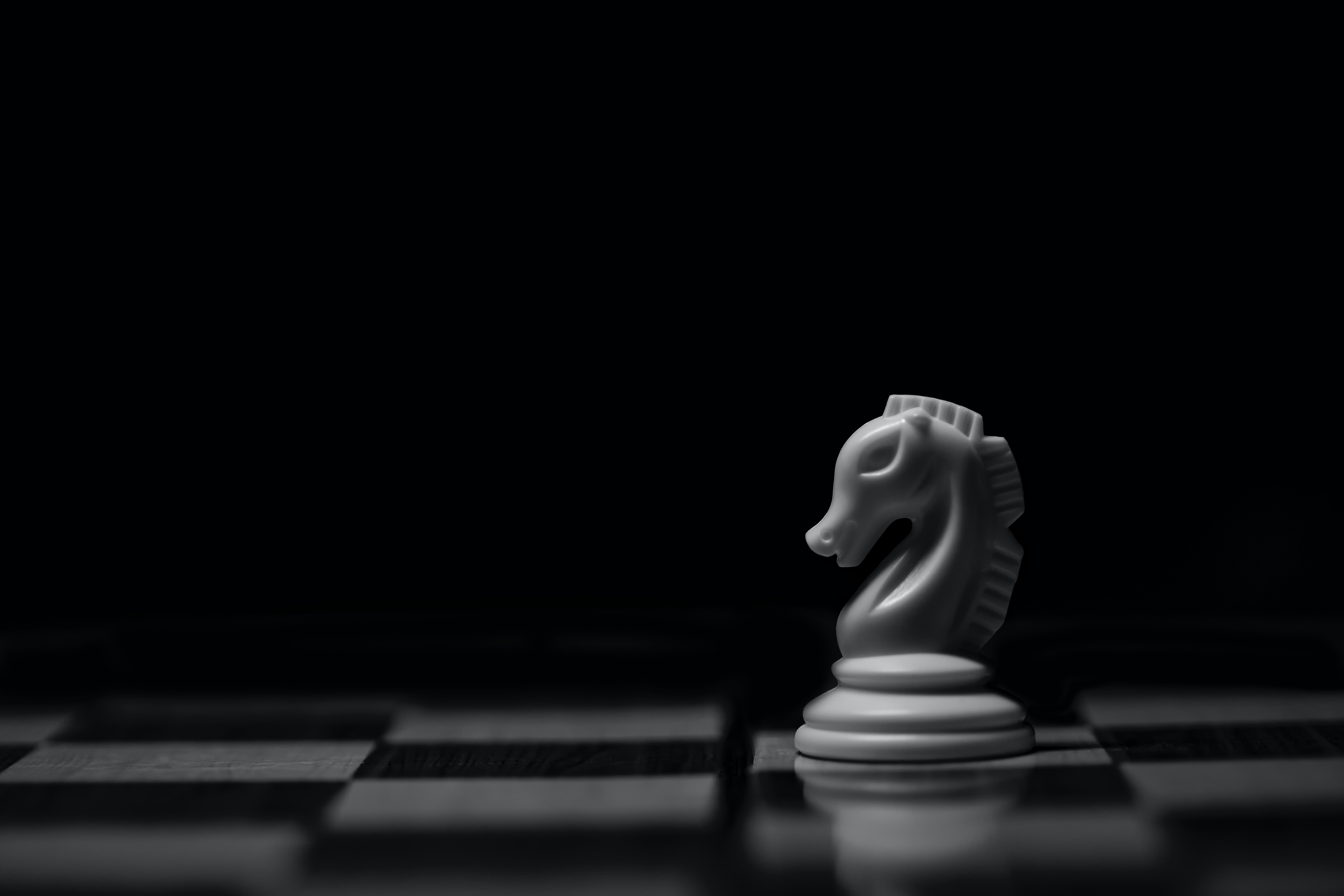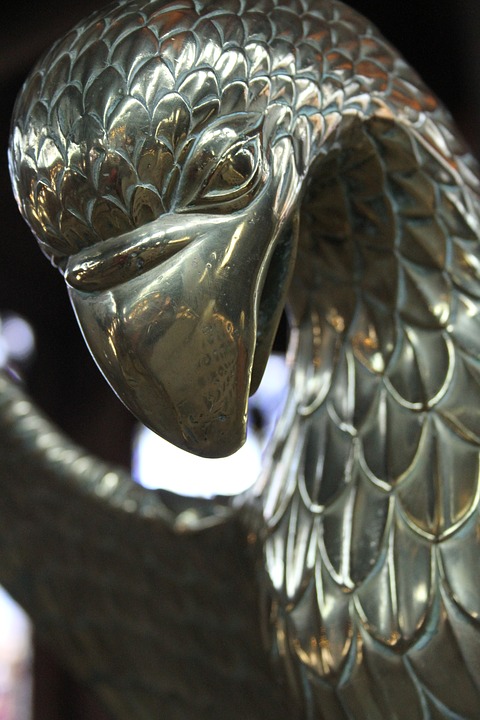Game Set of Leweyd The Many-Ones
Description
This fabled game set of the ancient people of Alven is now part of The Great Hoard of the Thane. It consists of a game board of 49 squares and holes (seven squares by seven) made of Silver and Crystals and of 13 engraved pieces of White Bronze and another 13 of Red Gold. The metalwork has been identified as pertaining to Early Alvenish Period (1500 Old Era). The board is contained in a frame made of red oak carved as a representation of The Living Tree. The carvings are so vivid that it is said you can see the tree grow and wane through the seasons. The frame might have been added at a slightly later date as some of the motifs and patterns in the foliage area do not match the ones on a number of the pieces. This was well documented in the definitive study of the Set written 10 years ago (1623 New Era) by Historian Archivist Grenwode Claypool of Clan Badgorsen. The metal tower-like pieces are exquisitely decorated to represent the 13 animals emblematic of Alven: Bear - E, Raven - E (or Wren - E ), Deer - E , Crane - E, Bull - E , Eagle - E (or Hawk - E), Seal - E, Fox - E, Hare - E, Wolf - E, Bee - E, Boar - E and Salmon - E.In the Great Set - as it is commonly referred to by the people of Alven - the wren is represented instead of the raven, maybe because the wren represents the god Lewyed himself, the small animal having always been known as the 'king of birds'. The fourteenth square is traditionally left empty to represent The Void Moon. The two sets of 13 animal pieces are identical despite being made from different metals. The board itself is made up of Silver and smoky mountain quartz crystals, the Earthlight Stone, in alternate rows. Each side has been estimated at one arm in length. Each of the squares has been skillfully drilled to be able to take on the pegs of each of the pieces. The precision with which the pegs fit into the holes attests to the divine crafting of the Great Set.
History
The Great Set is set to have been crafted by Leweyd the Many-Ones at the start of the eras of Alven. Leweyd guarded the set jealously and only allowed people of his choosing to play against him as the outcome of the game, especially in times of war and upheaval, could predict the course of future events. Yet, playing the game was not enough, you also had to know how to interpret the run of play. Still to this day, the Thane and his chosen opponent are the only people allowed to play on the Great Set. One day, it is said that Leweyd invited Thane Moorstalk of Clan Cranesbill, son of Rivergleam Sandgill of Clan Cranesbill, a great chieftain of Alven in the Old Era, for a game. Moorstalk was a worthy and wily Thane who had been taught in the art of the Game by his The White Seer, Sunbril Hearthen of Clan Wolfden. Leweyd wanted to know if his armies would prevail against the Alven clans and was very confident about winning the wager he made with Moorstalk as he was a god, and Moorstalk was but a single man. It was a time when gods had a great kingdom in the North of the World in the The Godlands, before it was destroyed by The Fire Mountains. Moorstalk accepted the challenge, and both met, accompanied by only a few guards, in a place of North Alven called Fernvale (thought to be near Denholm). The wager was that Moorstalk would give away half of the lands of Alven to Leweyd if he lost. In return, Moorstalk could pick three objects out of the magical treasure trove of the gods to be his own if he won. Moorstalk had accepted the wager because Alven had been suffering from a terrible nine-year-long famine. He knew that he could change the desperate situation the country was in if he could acquire the Magic Bag of the Lost. The Bag would fill in every time it became empty and would provide food in abundance for his people. Leweyd was a powerful magician, perhaps the greatest witch that ever lived. He thought to frighten and trick Moorstalk by shapeshifting into the thirteen different animals of the game while they were playing, but Moorstalk never lost his concentration and won. Leweyd was very gracious in his defeat and recognized the bravery and intelligence of his opponent. He sailed back to his kingdom in the North after leaving his set behind and promised that the clans of Alven would want for nothing in the centuries to come. Of the three mythical objects of the gods - the Bag of the Lost, The Amulet of the Bright, the Game Set of Leweyd - only the last one has been preserved and passed down from one generation of Thanes to the next.Mechanics & Inner Workings
The Game is played in the same manner on the Great Set as it is on the more ordinary wooden boards seen in every busy tavern throughout the year.
Players must first choose a side. The darker side or Shadow side is so named to represent our pale moon which floats in the Alven skies behind its brighter brother. The Shine side is to represent the second moon that shines over Alven and keeps the clanland's dreams safe at night.
Players have 13 pieces that they can arrange in the order of their choosing on the first two rows of the board in front of them- many interpretations and omens are issued by first interpreting the way players arrange their pieces at the start of the game, especially where they will leave the empty square called the New Moon or Void Moon on their starting lines. The Shadow side always makes the first move as the New Moon is also the start of the year and the month.
The goal of this most ancient game is simple enough: through a series of moves, the players take their turn to try to flank their opponent's pieces on two sides. Any piece flanked or cornered by the frame of the board is removed from the game. The player with the most number of pieces still on the board after 49 turns is declared the winner. Most of the time, there is also a wager attached to the winning or losing of games. Some wagers can be monetary, but it is more traditional to play for forfeits.
There have been many variants of the game over the centuries - all based on the manner the animal towers are able to move across the board. It is supposed that in the beginning, pieces moved on the board to reflect the way each of the 13 animals proceeded in nature. For example, the Hare is still able to move one square forward and then another two squares either to the right or the left to reflect its mad course when chased. The Salmon, on the other hand, 'glides' forward across three squares to show his upstream struggle in reaching the Lochs.
The rules of the game are now fairly standardized and the game is still popular at all levels of Alven society, but it is very much prized within the families of the Chieftains of the Alven clans. Learning how to play the game is said to prepare well for the political complexities of our modern age.
Significance
The Game Set of Lewyed the Many-Ones has played an important role in some of the early stories pertaining to the Epics of the Northern clans of Alven. Many stories relate how a Thane in difficult straights has to rely on a Seer's interpretation of the gameplay to get him out of a tight spot.
One of the most well-known stories - the inspiration for many popular songs still sung to these days up and down the country- tells how Thane Leaf of Clan Boareye, himself a great Trickster, managed to defeat The One-Eyed Hag and win his wager by focussing the play on the left half of the board and stealing some of the Hag's pieces to her right as he knew she was not able to see well from that side.
Although divination does not play as important a part as it used to in the life and rule of the Thane, the Great Set still plays an essential role during the two-week celebration and ceremonies of Beltane. On the twelfth day of Beltane, the Set is carried on the shoulders of Archivists of the Order of Leweyd to the Thane's Keep just a furrow's length down the famous Walk of Wolves at twilight. During the procession, followed by many in the capital, the people of Alven pray and sing songs to Lewyed the Many-Ones for the protection of Alven during the new year, and their hope for good omens. Small offerings are made in the form of acorns, strewn in the path of the procession.
When the Set arrives at the keep, that same night, the king and his chosen opponent will play a game. The Thane always plays the Shadow pieces (red gold) to embody the Void Moon and new beginnings. A Seer, usually The White Seer , will then interpret the play and pronounce a series of omens, or less frequently a prophecy, for the year to come. Country folks still keep great store by these yearly omens and predictions.
This writing has been authorized for publication by the Archive in the name of Chief Archivist Windfall of Clan Bearsden.
Item type
Religious / Ritualistic
Rarity
The Game Set of Lewyed the Many-Ones is one of a kind: a jewel amidst the ancient treasures of the Thanes. An old prophecy, recorded in The Book of Events Yet to Come predicts that if all the pieces of the Set were to fall at once, it would signify the end of the Clans of Alven. To these days, the Great Set is guarded by The Archive and kept deep within a secret room of The Great Library itself. Every twilight and every morning, the Archivists from The Oder of Leweyd (a very well respected Order of historians within the Archive hierarchy) make sure all the pieces are still standing. The Seers of that order are also well versed in prophecies and interpretations and serve as worthy opponents against the Thane when playing the Game.
Of course, many long-standing Alven clans, tracing their roots to the times of the Old Era, have a treasured set or two in their possession. Many clans claim that their own ancient game set is also enchanted and has magical properties. For example, Clan Deerwolf boasts of the magical attributes of their own clan set called the Set of the BearClaw.
Its pieces are made of silver - except the Bear tower which is made of gold. In times of dire need and peril for the clansmen, the pieces are said to play by themselves in a bid to determine a course to follow to ensure the continuity and prosperity of the clan. Clan Bearsden even claims that The Set of the Catclaw is more ancient than the Great Set, but this has never been proven.
Weight
The Great Set is estimated to weigh around 3 stones.
Dimensions
One arm length (9 hands) on each side.
Base Price
The original cannot be imitated or replaced in its perfection. However, all the great metal workers of their age have tried to copy the Great Set.and a copy will cost you several bags of gold Kunes.







Comments